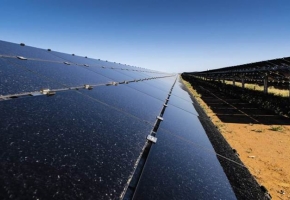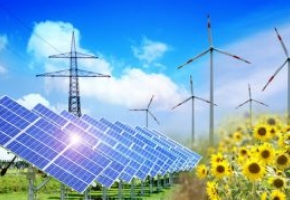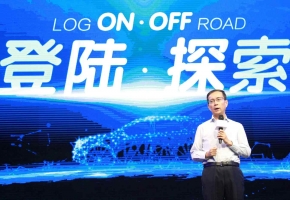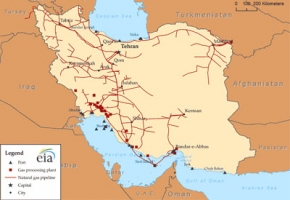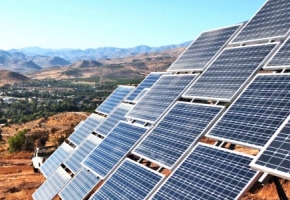AI is set to drive surging electricity demand from data centres

The IEA’s special report Energy and AI, out today, offers the most comprehensive, data-driven global analysis to date on the growing connections between energy and AI. The report draws on new datasets and extensive consultation with policy makers, the tech sector, the energy industry and international experts.
It projects that electricity demand from data centres worldwide is set to more than double by 2030 to around 945 terawatt-hours (TWh), slightly more than the entire electricity consumption of Japan today. AI will be the most significant driver of this increase, with electricity demand from AI-optimised data centres projected to more than quadruple by 2030.
In the United States, power consumption by data centres is on course to account for almost half of the growth in electricity demand between now and 2030. Driven by AI use, the US economy is set to consume more electricity in 2030 for processing data than for manufacturing all energy-intensive goods combined, including aluminium, steel, cement and chemicals.
In advanced economies more broadly, data centres are projected to drive more than 20% of the growth in electricity demand between now and 2030, putting the power sector in those economies back on a growth footing after years of stagnating or declining demand in many of them.
A diverse range of energy sources will be tapped to meet data centres’ rising electricity needs, according to the report – though renewables and natural gas are set to take the lead due to their cost-competitiveness and availability in key markets.
The report emphasises the significant uncertainties that remain, from the macroeconomic outlook to how quickly AI will be adopted. It also notes questions over how capable and productive AI will become, how fast efficiency improvements will occur, and whether bottlenecks in the energy sector can be resolved.
According to the report, countries that want to benefit from the potential of AI need to quickly accelerate new investments in electricity generation and grids, improve the efficiency and flexibility of data centres, and strengthen the dialogue between policy makers, the tech sector and the energy industry.
Source: The International Energy Agency
Image: Techcult

